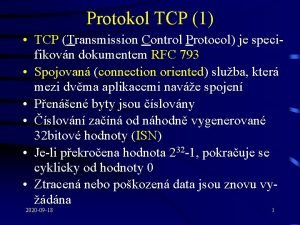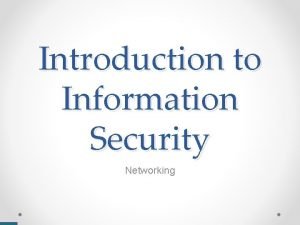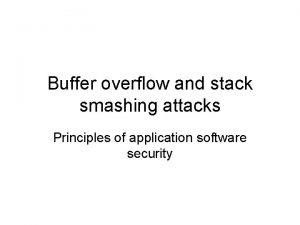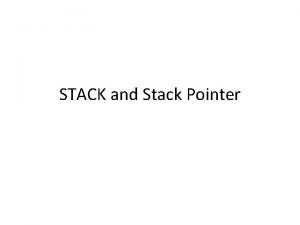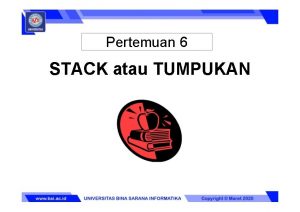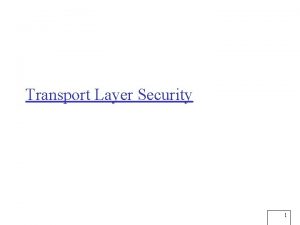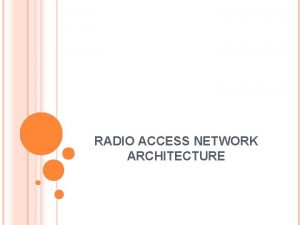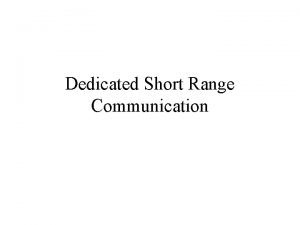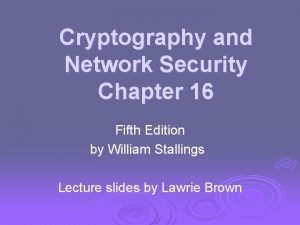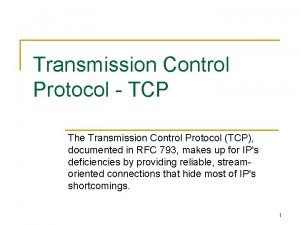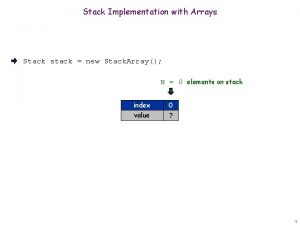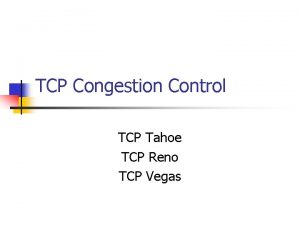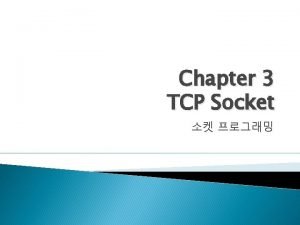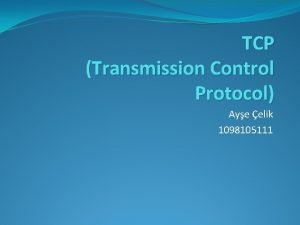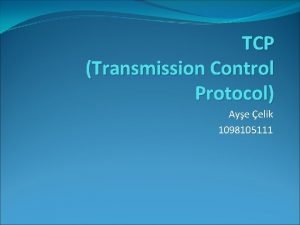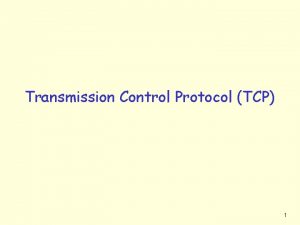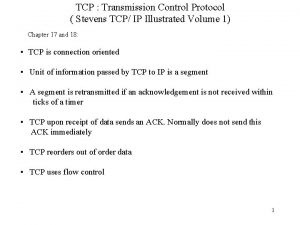TCP IP Protocol Stack Transmission Control Protocol TCP










- Slides: 10

TCP / IP Protocol Stack Transmission Control Protocol (TCP) Internet Protocol (IP)

Network Layers The TCP/IP Protocol Stack The communication process that takes place over a network is made up of a series of different layers. The TCP/IP protocol stack is generally considered to be made up of four layers. Applications Transport TELNET, FTP, Email, SMTP, POP 3 & We b browsing (HTTP) Transmission Control Protocol (TCP) Network Internet Protocol (IP) Data Link Device driver and interface card Four layers of the TCP/IP control stack

Physical Link Layer Network Layer Transport Layer Application Layer The TCP/IP protocol stack Web Browser TCP Layer Port No: 1045 IP: 195. 112. 56. 7 IP: 210. 34. 56. 78 TELNET Client TELNET Server TCP Layer Port No: 1035 TCP layer Port no 23 Web Server TCP layer Port no 80 Network or IP Layer: 195. 112. 56. 7 210. 34. 56. 78 195. 112. 56. 7 Link Layer: Link Layer 12 -4 D-6 A-22 -75 -A 2 16 -88 -6 F-22 -35 -BB Physical Layer Gateway Router Network 16 -88 -6 F-22 -35 -BB 12 -4 D-6 A-22 -75 -A 2 Gateway Physical Layer

1. Application Layer The TCP/IP Protocol Stack Application Layer Web Browser Encodes data into a format that can be understood. IP: 195. 112. 56. 7 IP: 210. 34. 56. 78 TELNET Client TELNET Server Web Server This layer deals with the particular network application: - Hypertext Transfer Protocl (HTTP) File Transfer Protocol (FTP) Simple mail Transfer Protocol (SMTP) Simple Network Management Protocol (SNMP) Domain Name System (DNS) TELNET

2. Transport Layer The TCP/IP Protocol Stack Transport Layer TCP Layer Port No: 1045 TCP Layer Port No: 1035 TCP layer Port no 23 TCP layer Port no 80 The ‘end to end principle’ of the Internet means that the two end points (the hosts) are responsible for establishing , supervising and maintaining the connection. IP: 195. 112. 56. 7 TCP Software IP: 210. 34. 56. 78 TCP Software

2. Transport Layer The TCP/IP Protocol Stack What is its main purpose? Splits the data to be sent into packets. Identifies each data packet with an order number. Acknowledges receipt of packets Resends packets if they are not acknowledged. Provides either a reliable or unreliable connection from host to host, depending on which protocol is being used. • Designates a port number • • •

2. Transport Layer The TCP/IP Protocol Stack Ports IP: 195. 112. 56. 7 TCP Software IP: 210. 34. 56. 78 When connections are made ports are allocated to provide different services. These ports are in the range of 1024 - 4095 Port 80: Web Server Port 23: TELNET server TCP Software The combination of IP address and port number is known as a socket Ports

3. Network Layer The TCP/IP Protocol Stack Network or IP Layer Passed down from the TCP/IP layer, the ‘network’ layer is responsible for addressing the packets: • Source IP address • Destination IP address The packets are then passed down to the ‘data link’ layer The reverse process also happens with the data link layer passing packets to the network (IP) layer.

4. Data Link Layer The TCP/IP Protocol Stack Link Layer Received from the network layer, the ‘data link’ layer adds source and destination hardware addresses to packets. It then despatches the packets onto the local cable. In an Ethernet Local area network (LAN) hardware addresses are Ethernet card addresses or Media Access Control (MAC) addresses. These addresses would have to include the address of the gateway, which links the host to the Internet.

What does a packet look like? (Encapsulation) Source MAC Address: 00: 30: BD: 19: OB: 09 Gateway MAC Address: 00: 30: BD: 19: OB: 09 Data Link Layer IP Source IP Address: 195. 112. 56. 7 Source IP Address: 210. 34. 56. 78 Source Port No: 1045 Destination Port No: 1 TCP Data Packet Sequence No: 1 (An Ethernet frame contains an IP packet, a TCP packet and payload data)

